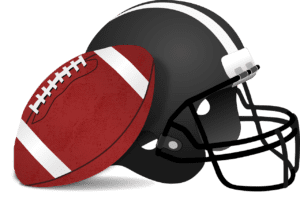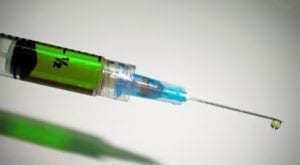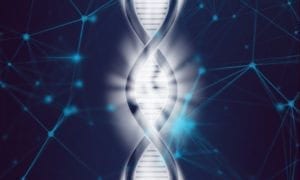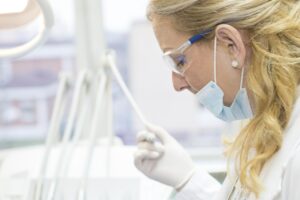Limb-Girdle Muscular Dystrophy
What is limb-girdle muscular dystrophy?
Limb-girdle muscular dystrophy is a group of diseases that fall into the larger category of muscular dystrophy. It is characterized by progressive weakness and loss of muscle mass in the proximal muscles. The most commonly affected muscles are the shoulders, upper arms, pelvic area, and thighs.
Severity, onset, and affected areas can vary greatly among individuals with this condition. It can be so different that people in the same family experience very different symptoms.
It is estimated that about one in every 14,500 to 123,000 people are affected by this disease.
What are the symptoms of limb-girdle muscular dystrophy?
The early stages of this disease see symptoms such as an abnormal gait and difficulty with running. Affected individuals may need to use their arm muscles to help them stand from a squatting or sitting position due to weak thigh muscles.
As the disease progresses, people may need a wheelchair. As muscles deteriorate, changes in posture may occur. Shoulder blades often stick out from the back, and scoliosis and lordosis may happen as well. Contractures and overgrowth of the calf muscles are other common symptoms in later stages of the disease.
Cardiomyopathy is a less common effect of this disease, as is the weakening of the muscles needed to breathe. Other uncommon symptoms are intellectual disabilities and developmental delays.
What causes limb-girdle muscular dystrophy?
The various forms of this disease are caused by multiple genes. Genes that are associated with muscle repair and maintenance are affected.
Type 1 of this disease is inherited in an autosomal dominant pattern while the second type is inherited in an autosomal recessive pattern.
How is limb-girdle muscular dystrophy diagnosed?
It is important that the exact type is diagnosed so that the correct treatment may be given. A physical exam, family and medical history, and the finding of characteristic symptoms are all the beginning steps of diagnosis. Specialized tests are the next step, including biopsies, electromyographic tests, blood tests, immunohistochemistry, and genetic testing.
What are the treatments for limb-girdle muscular dystrophy?
There is no cure for limb-girdle muscular dystrophy. Treatment is symptomatic. Physical and occupational therapy are suggested to retain muscle strength and prevent contractures. Mobility aids can help as well. Surgery to correct scoliosis and contractures may be recommended. Affected individuals should also be monitored for cardiac and respiratory problems.
Where can I find out more about limb-girdle muscular dystrophy?
Limb-Girdle Muscular Dystrophy Articles

Experimental Limb-Girdle Muscular Dystrophy Drug May Have Path to Accelerated Approval

Motherhood with LGMD2i: A Journey of Determination

Mevalonolactone Treatment Eased Symptoms of Statin Myopathy and a form of LGMD
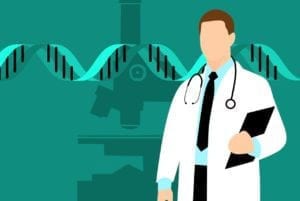
New Research on Gene Therapies for Limb-Girdle Muscular Dystrophy 2B
